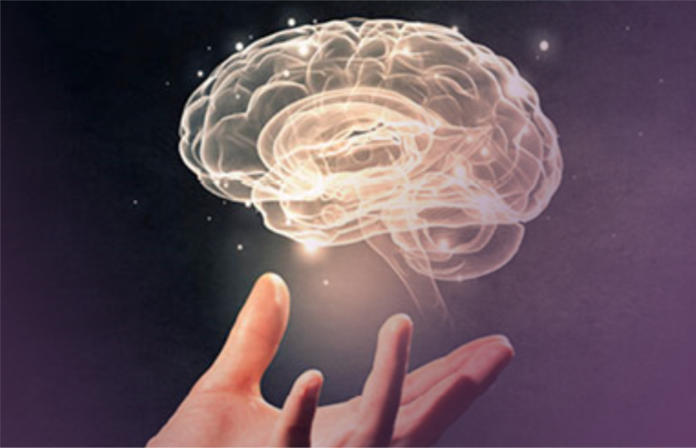In Current Biology, researchers from the University of Alabama at Birmingham and the National Institute of Mental Health revealed the brain’s thalamus mechanics. This study examines the thalamus’s hunger motivation intricacies. The study found that paraventricular nucleus (PVT) neuron populations influence goal-oriented behaviours like food search, helping us comprehend motivation.
The study examines PVT dendritic cells that are positive or negative for the dopamine D2 receptor. However, our study shows that these neurons process differently to govern goal-related activities.
PVTD2 (+) neurons motivate and persist, while PVTD2 (-) neurons terminate the goal pursuit. These findings challenge traditional wisdom and highlight the PVT’s essential involvement in neurobiological mechanisms that link hunger and motivation, potentially opening the door to novel therapies for mental diseases with motivation deficiencies.
The study is interesting because mice were trained on a foraging-like task to perform goal-directed activities, revealing brain dynamics. The researchers used optical photometry and calcium sensor monitoring to identify PVTD2(+) and PVTD2(-) neuron activity patterns throughout the reward approach and trial decoding phases, demonstrating their unique roles in motivation processing.
Dr. Sofia Beas, the co-corresponding author of these new discoveries, emphasises their importance in comprehending PVT function’s unknown intricacies and the literature’s inconsistent conclusions. Our data interpretations and association analyses support the hypothesis that motivation influences neuronal behaviour.
This discovery is important not just for its neurology, but it can also help treat motivational dysfunction diseases like substance misuse, binge eating, and depression-related anhedonia. Investigating the neurological foundations of motivated behaviour could lead to targeted interventions to restore motivation and promote well-being. Researchers from UAB and NIMH collaborated to advance brain function research and lay the groundwork for future efforts to unravel the relationship between motivation, behaviour, and neural circuitry.



